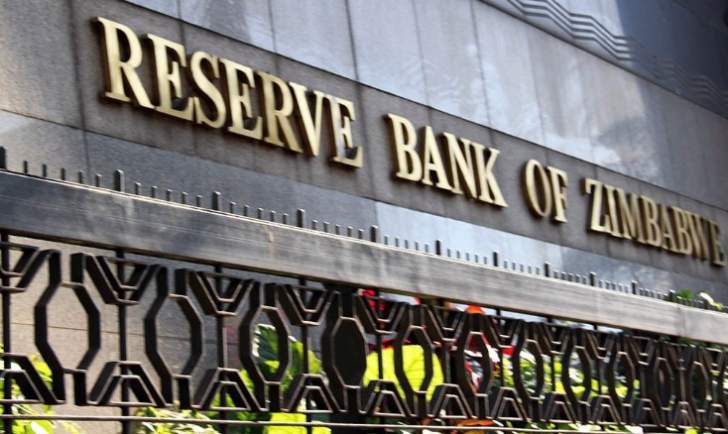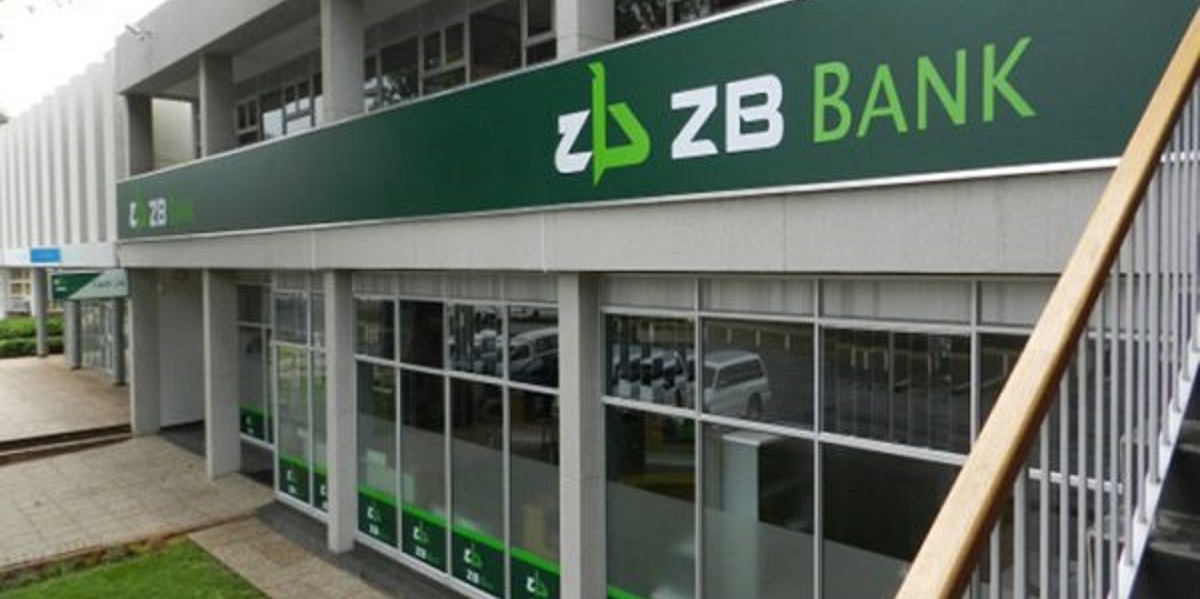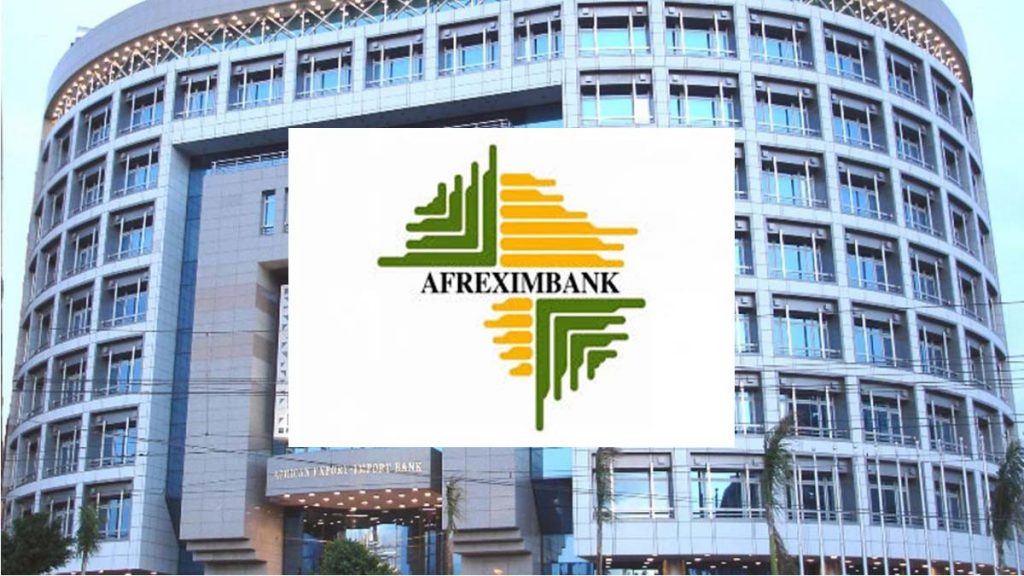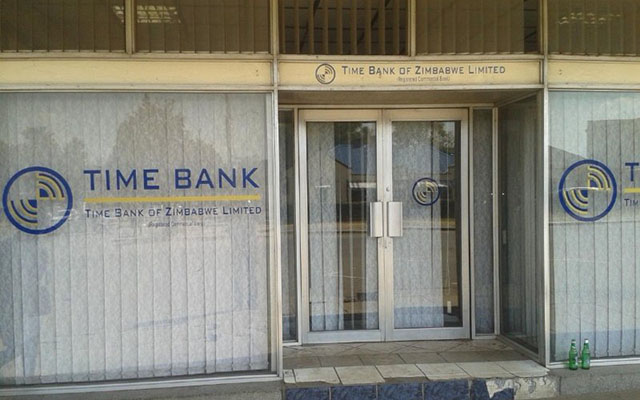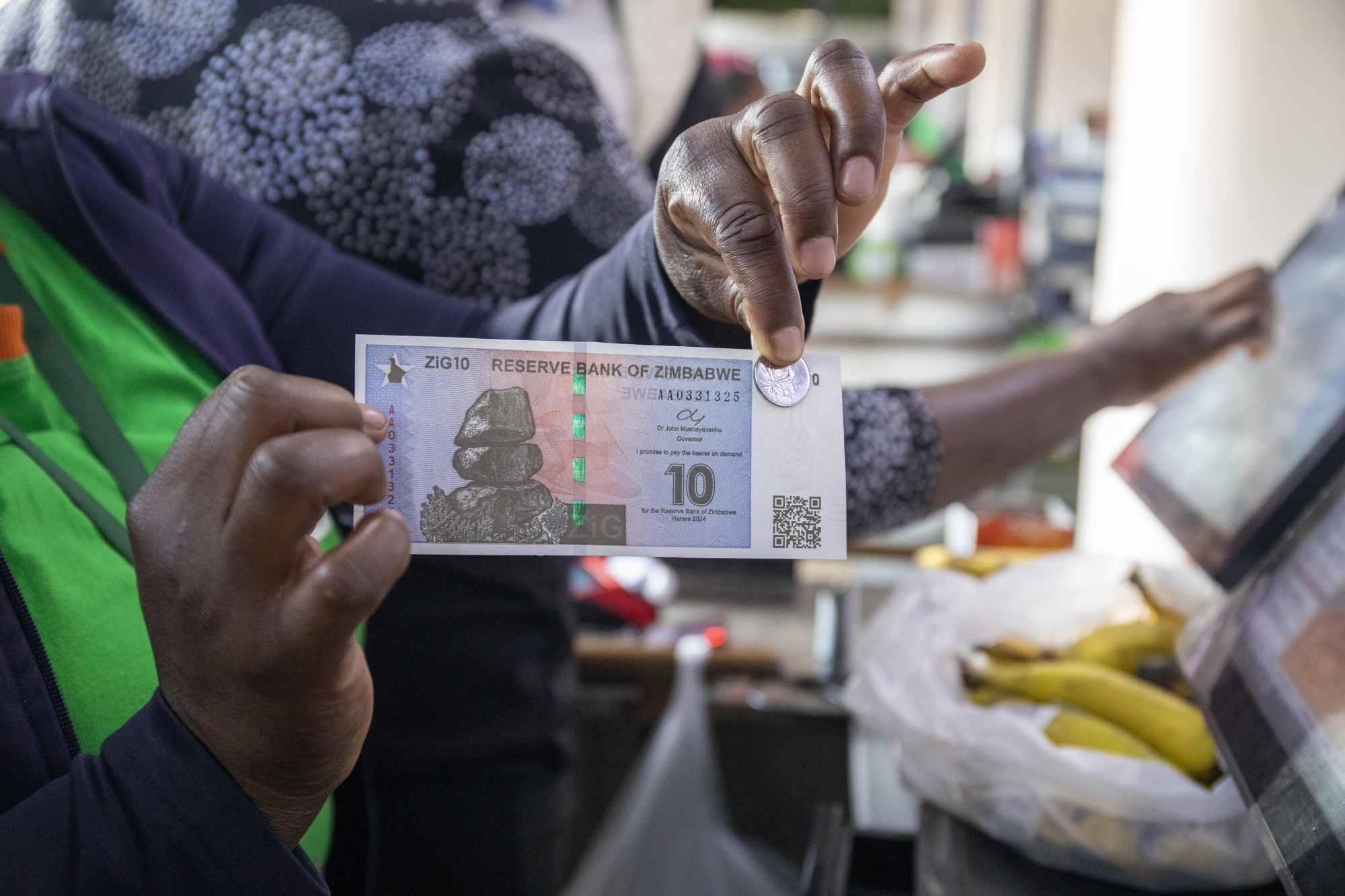Sidi Ould Tah elected ninth president of the African Development Bank Group
Sidi Ould Tah of Mauritania was today elected President of the African Development Bank Group at the Bank’s Annual Meetings held in Abidjan, Côte d’Ivoire.
Tah was elected by the Bank’s Board of Governors, comprising Finance and Economy Ministers or Central Bank Governors of the Bank Group’s 81 regional and non-regional member countries. The board is the highest decision-making authority for the Bank Group.
The results were announced by Niale Kaba, Minister of Planning and Development for Côte d’Ivoire, and Chairman of the Board of Governors of the Bank Group.
The winning candidate is required to obtain at least 50.01% of both the regional and non-regional votes.
A Mauritanian national, Tah brings over 35 years of experience in African and international finance. He served as president of the Arab Bank for Economic Development in Africa (BADEA) for 10 years from 2015, where he led a full transformation that quadrupled the Bank’s balance sheet, secured a AAA rating, and positioned it among the top-rated development banks focused on Africa.
A former Minister of Economic Affairs and Finance of Mauritania, Tah has held senior roles in multilateral institutions and has led crisis response, financial reform, and innovative resource mobilization for Africa, including the establishment of BADEA’s $1 billion callable capital program for African MDBs.
The Board of Governors Steering Committee received and approved a total of five candidates by the closing date of 31 January 2025. The list of candidates was officially announced on 21 February 2025.
The other candidates in the election were:
Amadou Hott (Senegal)
Samuel Maimbo (Zambia)
Mahamat Abbas Tolli (Chad)
Bajabulile Swazi Tshabalala (South Africa)
Tah will assume office on 1 September 2025, for a five-year term, following the end of the second mandate of current President, Dr. Akinwumi Adesina.
The African Development Bank’s past heads since its inception in 1964 are:
Mamoun Beheiry (Sudan), 1964-1970
Abdelwahab Labidi (Tunisia), 1970-1976
Kwame Donkor Fordwor (Ghana), 1976-1980
Willa Mung’Omba (Zambia), 1980-1985
Babacar N’diaye (Senegal), 1985-1995
Omar Kabbaj (Morocco), 1995-2005
Donald Kaberuka (Rwanda), 2005-2015
Dr. Akinwumi Adesina (Nigeria), 2015-2025.
The election of a new president comes at a crucial time in the Bank Group’s six decades of existence. Africa has remained resilient despite climate shocks, economic disruption, and a shifting geopolitical landscape, but needs to move faster or risk falling behind on delivering on the African Union’s Agenda 2063 and the Sustainable Development Goals, summed up in the Bank Group’s High 5’s.
The 2025 Annual Meetings of the African Development Bank Group are taking place from May 26 to 30 in Abidjan, Côte d’Ivoire under the theme “Making Africa’s Capital Work Better for Africa’s Development.”
The African Development Bank Group comprises three entities: the African Development Bank, the African Development Fund and the Nigeria Trust Fund. Its shareholder countries include 54 African countries or regional member countries, and 27 non-African countries or non-regional member countries.-AfDB
BAT Zimbabwe’s Q1: Survival or slow collapse?
HARARE – British American Tobacco Zimbabwe (BAT) is no stranger to operating under pressure, but the stretch from 1H24 to Q1 2025 may be its most perilous chapter yet. In a span of less than nine months, the company has gone from battling inflation and volume declines to facing serious accounting irregularities and a deepening liquidity crunch.
From a headline perspective, BAT has made tactical shifts: transitioning to USD pricing, targeting rural markets, and cutting operating expenses by 7%. But the company’s HY24 financial statements and Q1 2025 update expose deeper structural fractures. This is not just a tale of macroeconomic adversity—it’s a story of whether the company’s survival strategies are masking an impending reckoning.
In 1H24, BAT’s revenue shrank by a staggering 38%, falling from ZWG 400 million to ZWG 248 million. The volume of cigarettes sold dropped by 9%, as consumers faced growing difficulty accessing Zimbabwe’s newly introduced currency. BAT’s pivot to USD pricing was designed to stabilize margins and shield against forex-related losses, but it backfired in part—alienating customers unable to transact in hard currency.
By Q1 2025, the volume problem worsened: sales plunged by 25% year-on-year, and cigarette revenue halved. While the shift to USD pricing mitigated some financial reporting volatility, it also slashed BAT’s addressable market. In an economy where access to USD is uneven and tightly rationed, pricing in foreign currency is more of a fortress wall than a bridge to consumers.
Meanwhile, BAT’s foray into the “value-for-money” segment is more a concession than a conquest. With consumer wallets shrinking and trading down becoming the norm, BAT is chasing survival, not growth.
BAT’s asset base is shrinking at a concerning pace. Current assets dropped by 42% from ZWG 558.8 million in December 2023 to ZWG 323.9 million by June 2024. The most notable contractions were in cash reserves (down 55%) and trade receivables (down 62%). Rather than a sign of operational efficiency, this suggests an aggressive squeeze on working capital, likely to prioritize liquidity over long-term stability.
Trade payables fell from ZWG 142.8 million to ZWG 95.5 million—but in a context where inventories also dropped (from ZWG 96.1 million to ZWG 81.4 million), these likely signals supplier strain and cautious restocking rather than financial health.
The real alarm, however, lies in what’s not transparently disclosed. According to KPMG’s independent review, BAT has continued to account for its foreign liabilities—including US$16.3 million in blocked funds—at a 1:1 exchange rate (ZWG:USD), despite the official interbank rate being significantly higher. When adjusted to the actual rate (ZWG 2,498.72 per USD), the discrepancy balloons.
KPMG estimates BAT has understated its trade and other payables by ZWG 207.67 million and overstated its retained earnings by ZWG 362.92 million. Even more troubling, the company has not restated prior financials to correct this, as required by IAS 8. In accounting terms, this isn’t a footnote—it’s a fault line. What does this mean? It means that BAT’s actual liabilities are materially higher, its earnings materially lower, and its financial risks materially underreported. Transparency is not just an ethical issue here—it’s a strategic one. We will wait for the next comprehensive financial report to get more insights on how this issue is being dealt with.
BAT’s HY24 performance included a pre-tax loss of ZWG 145 million, compared to a ZWG 29 million profit the prior year. Operating cash flows—although not explicitly disclosed—are clearly under pressure, given the concurrent fall in receivables, inventories, and cash.
The company declared no interim dividend in HY24, a move consistent with its tightening financial posture. Capital expenditure remains subdued—no new investments were announced—and the business has clearly shifted into survival mode. But even with pared-down costs, BAT’s ability to self-finance its operations is waning.
The company’s reliance on its UK-based parent, British American Tobacco Holdings, has now become a structural necessity. KPMG’s report makes it clear: without ongoing financial support, BAT Zimbabwe’s going concern status would be in doubt. This isn’t just about inter-company trust; it’s about existential dependency.
BAT’s Q1 2025 strategy update promotes three main levers: pricing agility, rural market expansion, and expense control. While these offer some upside, none convincingly addresses the root of the company’s challenges.
Smart pricing has limited efficacy in a liquidity-starved economy. While USD pricing may help manage input costs, it restricts market reach.
Rural expansion might offset some urban volume declines, but it introduces new distribution costs, logistical hurdles, and margin compression.
Cost-cutting—especially if it affects quality, marketing, or staffing—risks long-term brand erosion.
These efforts, though logical, feel more like holding patterns than transformative shifts. The underlying fragility of BAT’s position remains unaddressed.
So where does BAT go from here?
In a best-case scenario, Zimbabwe’s economic conditions improve. USD liquidity increases, inflation stabilizes, and rural market growth compensates for urban declines. The parent company continues its support, and perhaps BAT finds a pathway back to modest profitability.
In the more likely, or worst-case scenario, currency instability deepens, consumer demand contracts further, and BAT’s audit issues compound. In such a world, not even parent company support may be sufficient to stave off regulatory scrutiny or a restructuring event.
BAT Zimbabwe’s current trajectory raises unsettling questions. The company is not just managing risk—it is absorbing it, deferring it, and perhaps misreporting it.
Behind the jargon of “smart pricing” and “strategic realignment” lies a far more precarious truth: this is a company on life support. Its revenues are collapsing, its liquidity is evaporating, and its financial reporting is under qualified review.
BAT’s story is one of reckoning. The next six months will be pivotal. Either the company recalibrates under more stable conditions, or it becomes another casualty of Zimbabwe’s unforgiving economic terrain.-finx


